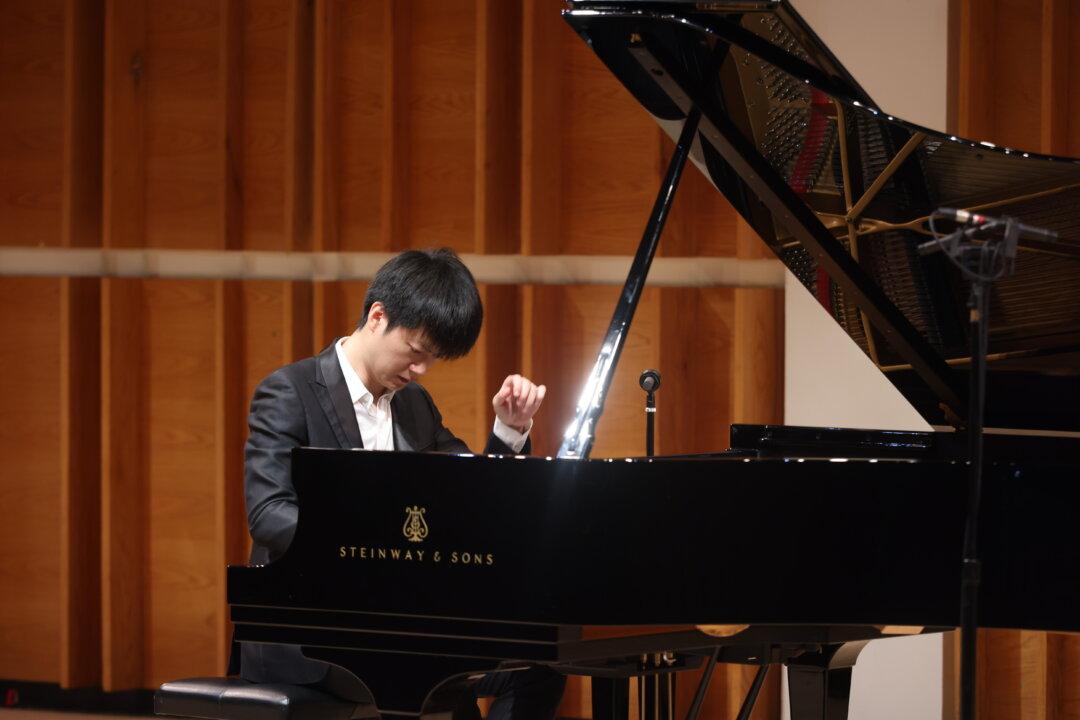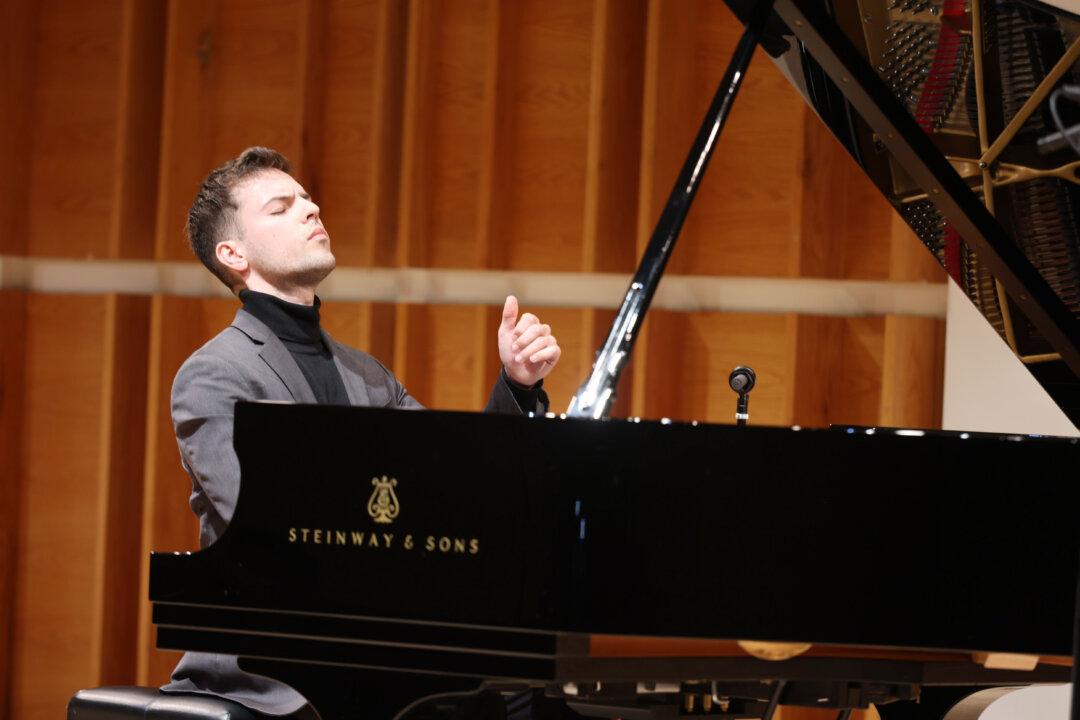David McGill has blazed an inspirational trail in his career as a teacher and, before that, as principal bassoon player in major orchestras in the United States and Canada.
To him, music isn’t an obligation or just a job in the world of music. It is a lifestyle. When not involved in his work, he listens to a lot of great music. He says listening to music consumes him. It’s a physical reaction. “I just feel so alive,” he says.
He especially loves the recordings of Maria Callas, whose voice is her musical instrument. “She brought a certain perfection down to this imperfect world,” he says.

He grew up in a home filled with music. McGill’s home as a child had a fair collection of records, most of which contained classical music. He listened his way through the recordings to find an instrument to play.
“I wanted to hear all the recordings in my mother’s library of records and examine what the bassoon was doing on these recordings. I think the more I listened, the more I realized, I really love this.”
He studied at the Curtis Institute of Music where he found one of his biggest musical influences: his teacher at Curtis, Sol Schoenbach.On graduation, he performed in the Toronto Symphony Orchestra. The chair of principal bassoon with the Cleveland Orchestra followed before McGill settled into playing principal bassoon for 17 years with the Chicago Symphony Orchestra. He learned from the best, when the orchestra was directed by musical great Daniel Barenboim, followed by Riccardo Muti.

Rewards of Teaching
Among his many contributions to the world of music, teaching has always remained closest to his heart, even when a member of an orchestra. “My primary love in music was ... teaching,” he said.McGill says that playing in an orchestra was, in a way, teaching the audience the meaning of the music. He wanted to help people feel more than the emotion of the piece; he wanted the audience to sense how the performance moved through the composition, with highs and lows, fasts and slows. This was his way of helping his audience get the most out the performance.
In 2014, McGill left the Chicago Symphony Orchestra and joined the faculty at Northwestern University’s Bienen School of Music. Since starting this position, the number of bassoon students has risen year after year.
Raising the Bar
Added to his great love of teaching and musicianship, McGill published “Sound in Motion,” (Indiana University Press, Illustrated edition) a book meant for anyone who has a desire to be more musical and to make more sense of the notes on the page; the book also includes other useful tips for musicians.“Sound in Motion” presents the musical approach of legendary principal oboist of the Philadelphia Orchestra, Marcel Tabuteau, who is considered to have founded the American school of oboe playing. The book blurb says the book’s approach will help musicians understand “what makes a performance ’musical.'”
One figure that he mentions in his book is John de Lancie, former principal oboe player in the Philadelphia Orchestra. He was a former director of the Curtis Institute where he also taught and where McGill studied.
McGill took his teaching to another level when he recorded a CD to respond to frequently requested orchestra excerpts for bassoonists preparing for an audition. The CD demonstrates and explains his techniques and thought process for performing. The CD also covers note groupings for optimal music interpretation and using the note groupings to get over technical difficulties.

His CD also explains that what a composer puts to paper has a coded message. McGill believes that the composer of a piece leaves instructions for musical phrasing on the page. It’s up to the musician to uncover what those instructions are.






